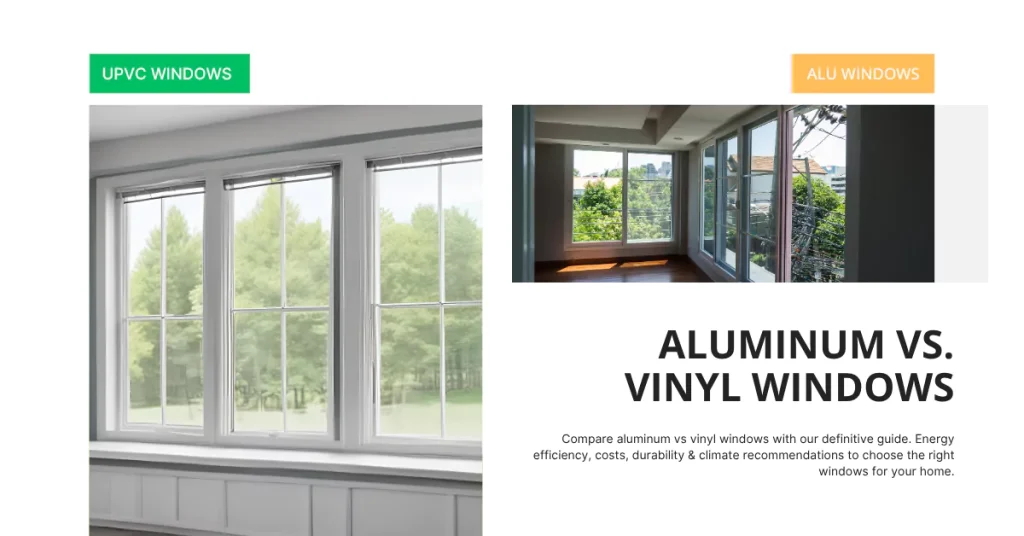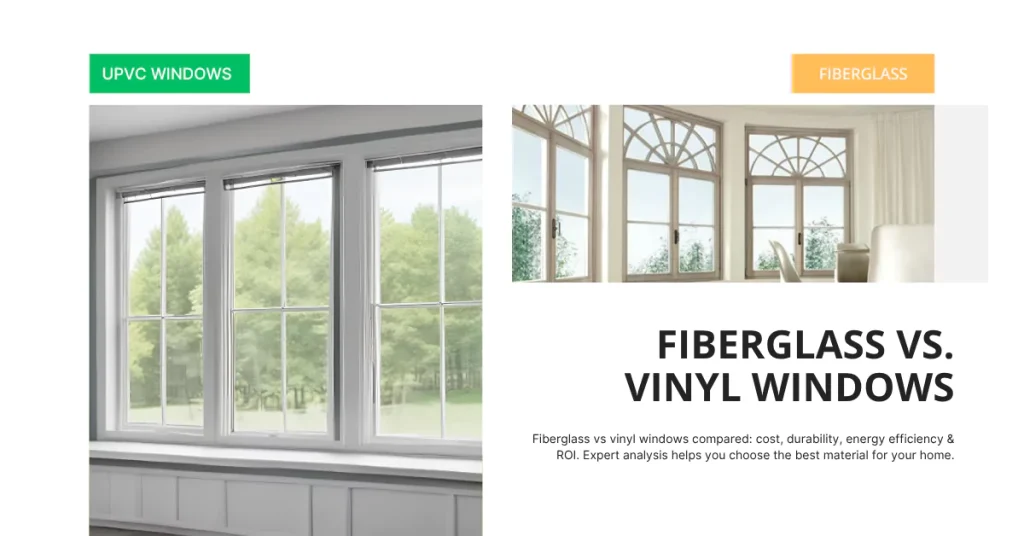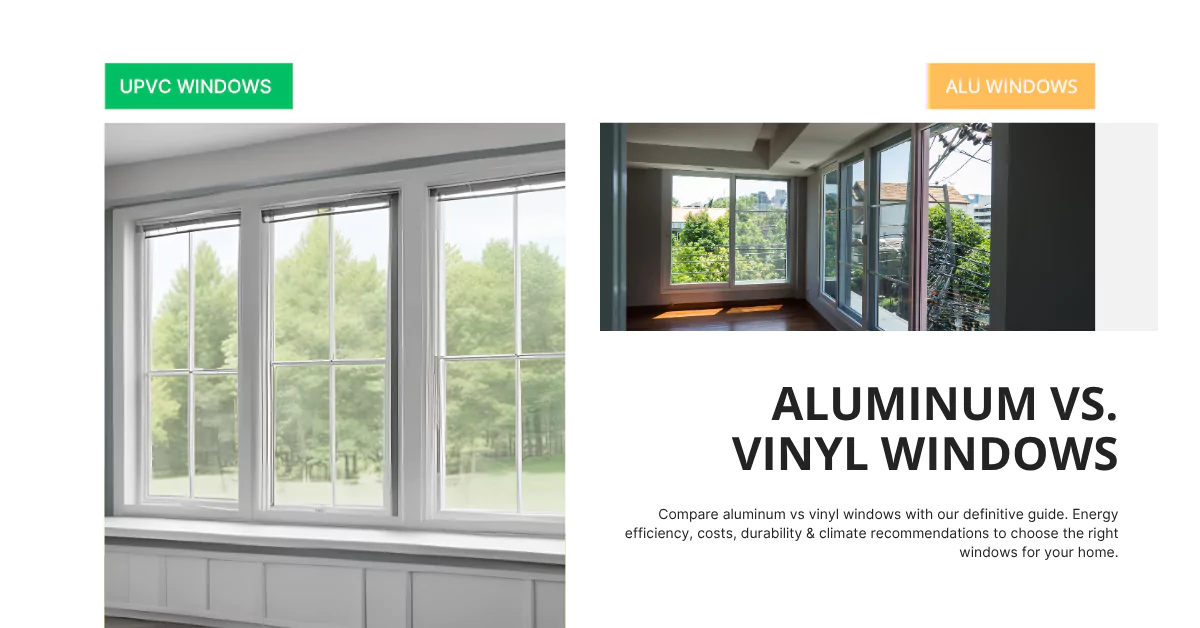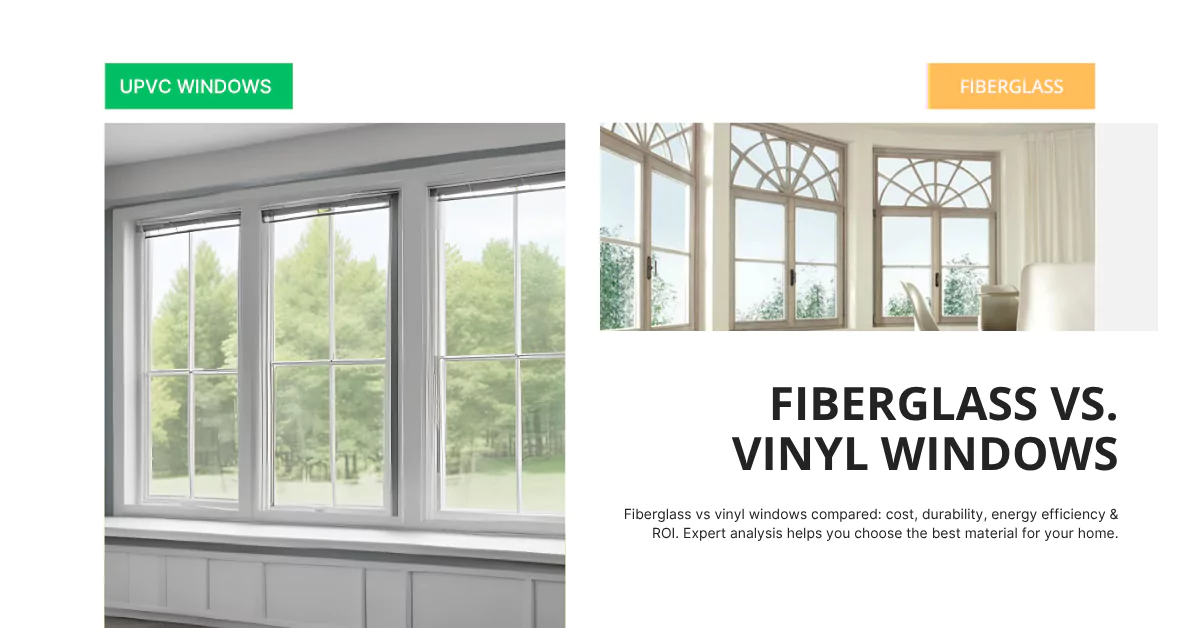So, you’re thinking about adding the timeless charm of French doors to your home? Fantastic choice! French doors are amazing for letting in sunshine, creating an airy feel, and adding a touch of elegance, whether they lead outside or connect two rooms. For some style inspiration, check out our French Door Decorating Ideas & Style Guide.
But let’s be honest, installing them can seem like a pretty big job, right? You might be wondering if it’s something you can tackle yourself or if you absolutely need to call in the pros.
This guide is here to walk you through the entire installation process, step-by-step. We’ll cover:
- Planning and preparation (the super important stuff!).
- The tools and materials you’ll need.
- How to install both interior and exterior French doors (they’re a bit different!).
- Fine-tuning and making adjustments for that perfect fit.
- Troubleshooting common issues.
Skill Level & Time: Installing French doors, especially pre-hung units, is often considered an intermediate to advanced DIY project. If you’re comfortable with precise measurements, using power tools, and basic carpentry, you might be able to handle it. Expect it to take a full day or even a weekend, especially your first time or if you’re installing exterior doors.
DIY vs. Professional:
- DIY: You can save significantly on labor costs! The satisfaction of doing it yourself is pretty great too. However, mistakes can be costly (leaks, drafts, damaged doors, security issues).
- Professional: Costs more upfront (expect $600 – $2,000+ just for installation labor, depending on the job). But, you get expertise, efficiency, proper tools, and often a warranty on the installation work. This is usually recommended for exterior doors or if you’re creating a new opening. Want a detailed cost breakdown? See How Much Do French Doors Cost? (Product & Installation Prices).
Ready to learn how it’s done? Let’s get planning!
Pre-Installation Planning: Measure Twice, Cut Once!
Good planning makes the actual installation so much smoother. Don’t skip this part!
A. Types of French Doors: Know Your Options
Before you buy, understand what you’re getting:
- Pre-Hung vs. Slab Doors: This is key for installation!
- Pre-Hung: The door(s) come already mounted in a frame, complete with hinges. This is generally much easier for DIY installation because the tricky work of aligning the doors in the frame is done for you. Most exterior French doors are sold this way.
- Slab Doors: Just the door panels themselves. You’ll need to build or use an existing frame, mortise (cut recesses for) hinges on both the door and the frame, and hang the doors yourself. This requires more skill and precision.
- Interior vs. Exterior Doors:
- Interior: Used inside the house (e.g., between living room and office). Less focus on weatherproofing and heavy-duty security. Often lighter weight.
- Exterior: Lead outside. Must be durable, weather-resistant, energy-efficient, and secure. Installation requires careful weatherproofing (flashing, sealing). They are usually thicker and heavier. Learn more about the differences in installation focus here: Installing Interior vs. Exterior French Doors: Key Differences & Tips.
- Material Options: The material affects looks, durability, maintenance, and installation (weight!). Common choices are Wood, Fiberglass, Steel, and Vinyl. Our French Door Materials & Hardware Guide explores these in detail.
B. Measurement Guide: Accuracy is Everything!
Getting the measurements wrong is a recipe for frustration (and maybe buying a new door!).
- How to Measure: You need the dimensions of the rough opening (RO) – the space framed by studs where the door unit will go.
- Width: Measure across the top, middle, and bottom inside the studs. Use the smallest measurement.
- Height: Measure from the subfloor (the structural floor, not finished flooring like carpet or tile) up to the bottom of the header beam at the left, middle, and right. Use the shortest measurement.
- Wall Thickness (Jamb Depth): Measure the thickness of the wall (stud + drywall/sheathing on both sides). The door frame (jamb) needs to match this.
- Diagonal: Measure corner-to-corner both ways. The measurements should be very close (within 1/4 inch) – this tells you if the opening is square.
- Standard vs. Custom: Doors come in standard sizes. If your RO matches a standard size, great! If not, you might need a custom door (more expensive). For all the details on sizes, see French Door Sizes: Standard Dimensions & How to Measure Guide.
- Allow for Shims: The actual pre-hung door unit will be slightly smaller than the RO (usually about 1/2″ to 3/4″ less in width and height) to allow space for shims (small wedges used for leveling and plumbing).
C. Building Codes and Permits: Stay Compliant!
- When Permits Are Needed: Usually required if you are creating a new opening, widening an existing one, or doing structural work (like changing the header). Replacing a door with the exact same size might not need one, but always check with your local building department. Seriously, make the call! It avoids potential fines or problems later. This is especially true if you’re converting a window, as discussed in Cost to Replace Sliding Doors or Windows with French Doors.
- Common Code Requirements: Codes often cover things like minimum door height/width for emergency exit (egress), required materials in certain areas (like impact glass in hurricane zones), and energy efficiency standards.
Tools and Materials Checklist: Gather Your Gear!
Having everything ready before you start saves time and headaches.
A. Essential Tools:
- Measurement & Marking: Tape Measure, Level (4-foot and 6-foot are ideal), Pencil, Square (combination or framing), Plumb Bob (or use your level vertically).
- Cutting & Fitting: Utility Knife, Putty Knife, Pry Bar, Hammer, Wood Chisels, Saw (Circular saw for major cutting, maybe a handsaw or oscillating tool for details).
- Installation Tools: Power Drill/Driver with various bits (including Phillips head, square drive, drill bits), Caulking Gun, Shim Bars or Wedges.
- Safety Equipment: Safety Glasses (non-negotiable!), Work Gloves, Hearing Protection (if using power saws), Dust Mask.
B. Materials List:
- Door Components: Your Pre-Hung French Door unit (or Slab doors + Jamb kit).
- Hardware: Hinges (if installing slab), Lockset/Handles, Deadbolt (exterior), Securing bolts (for the inactive door), Screws (often come with door/hardware, but good to have assorted wood/deck screws). Explore options in the French Door Materials & Hardware Guide.
- Shims: Composite shims are great as they don’t rot or compress like wood. Get plenty!
- Fasteners: Appropriate length screws for securing the frame to the studs (e.g., 3-inch deck screws).
- Weatherproofing (Exterior Doors ONLY):
- Sill Pan (pre-formed or flexible flashing tape type)
- Self-Adhering Flashing Tape (like Vycor)
- Exterior Caulk (good quality, paintable, for windows/doors)
- Low-Expansion Spray Foam Insulation (for gaps around the frame)
- Weatherstripping (usually included on pre-hung exterior doors, check condition). Learn more about sealing in How to Seal, Weatherproof & Insulate French Doors.
- Finishing Materials: Interior/Exterior Trim/Casing, Paint or Stain, Primer, Painter’s Tape, Wood Filler.
Pre-Installation Preparation: Setting the Stage
Okay, tools gathered? Let’s prep the opening.
A. Removing the Existing Door or Creating a New Opening:
- Removing Old Door: Carefully pry off interior and exterior trim. Remove hinge pins or unscrew hinges to take the old door slab(s) out. Unscrew and remove the old frame. Clean up the rough opening. If replacing a slider or window, the process is similar but might involve removing tracks or window frames. See How to Replace Sliding Glass Doors or Windows with French Doors for specifics on those conversions.
- Creating New Opening: This is a major structural job. It involves cutting drywall/siding, cutting studs, installing a proper header (support beam) above the opening, and framing the sides (king and jack studs). Unless you have extensive framing experience, hire a professional for this. Seriously. Incorrect framing can compromise your home’s structure. Learn about the concepts in How to Frame an Opening for French Doors.
- Preparing Rough Opening: Once the old stuff is out or the new opening is framed, clean the area. Remove any old caulk, nails, or debris.
B. Checking and Preparing the Opening: Level Ground!
This is CRITICAL for a good installation!
- Check for Square: Use your tape measure diagonally corner-to-corner. Are the measurements the same (or very close)? If not, the opening isn’t square, which makes installation harder.
- Check for Plumb (Vertical): Use your level on the side jamb studs. Are they perfectly vertical?
- Check for Level (Horizontal): Use your level on the header and the subfloor/sill area. Are they perfectly horizontal?
- Prepare the Subfloor/Sill: Ensure the area under the door is solid, clean, and level. If it’s uneven, you might need to use wood filler or self-leveling compound (allow drying time!) or shim carefully later. Any unevenness here will make the whole door installation crooked.
- Address Issues: If the opening is significantly out of square, plumb, or level, you may need to adjust the framing (add shims behind studs, trim studs). This adds complexity.
Installation Process: Interior French Doors (Simpler Steps!)
Okay, assuming you have a pre-hung interior unit and a prepared opening:
Installing Pre-Hung Interior French Doors
|
A
|
Prepare the Frame (Pre-Hung Unit)
|
|
B
|
Set the Frame in the Opening
|
|
C
|
Hanging Slab Doors (Instead of Pre-Hung)This involves precise hinge mortising on door & frame. Requires high precision and woodworking skill. Generally recommended for experienced installers. |
|
D
|
Install Hardware
|
A. Preparing the Frame (Pre-Hung Unit):
- Most pre-hung units are ready to go. Some might have temporary braces holding the doors aligned – leave these on for now if possible.
- Check manufacturer instructions – they might specify pre-drilling or other prep.
B. Setting the Frame: Getting It In Place
- Position: Carefully lift the pre-hung unit into the rough opening. Center it side-to-side. Temporarily tack it with a couple of finish nails near the top corners if needed, but don’t drive them all the way.
- Shim the Hinge Side First: Start on the side where the active door’s hinges will be (the one with the handle you use most). Place pairs of shims (thin end opposite thick end) behind the top hinge location.
- Level & Plumb Hinge Side: Use your level vertically along the hinge-side jamb. Adjust the shims (slide them in/out against each other) until the jamb is perfectly plumb. Check near the top, middle, and bottom hinges.
- Secure Hinge Side: Once plumb, drive screws through the jamb, through the shims, and into the wall studs. Use screws long enough to go at least 1.5 inches into the studs (e.g., 3-inch screws). Place screws near each hinge location. Don’t overtighten yet. Some pros replace one screw in each hinge with a long screw going into the stud for extra strength.
- Shim/Plumb/Level Top & Other Side: Now, place shims above the top jamb. Use your level horizontally to ensure the top jamb is level, adjusting shims as needed. Secure the top jamb with screws through shims into the header. Repeat the plumbing and shimming process for the latch-side jamb, ensuring the gap (“reveal”) between the doors and the frame is even all around. Secure the latch side jamb with screws through shims into the studs.
- Check Operation: Carefully remove any temporary braces. Gently swing the doors open and closed. Do they operate smoothly? Is the gap between the doors even? Is the gap around the frame consistent?
C. Hanging the Doors (If Installing Slab Doors):
- This is much trickier. You’ll need to accurately mark hinge locations on both the door edge and the frame jamb. Use a template or router jig to chisel out mortises for the hinges. Mount hinge leaves to the door and frame, then lift the door into place and connect the hinge pins. Repeat for the second door, ensuring perfect alignment between them. This requires precision and is often best left to experienced woodworkers.
D. Installing Hardware: The Finishing Function
- Handles/Locks: Follow the manufacturer’s instructions for your specific hardware. Pre-hung doors often have pre-drilled holes (bore holes). Install the latch mechanism, then the interior and exterior handles/knobs.
- Securing Bolts (Astragal): French doors usually have an “astragal” – a vertical molding on the edge of one door that covers the gap between the two doors when closed. The inactive door (the one you open second) usually has flush bolts or surface bolts at the top and bottom that slide into holes/strike plates in the frame/floor to keep it closed. Install these bolts and their strike plates.
- Strike Plate(s): Install the strike plate(s) on the latch-side jamb for the main lock/latch and deadbolt (if applicable). Ensure the latch/bolt enters the strike plate smoothly.
Installation Process: Exterior French Doors (Weatherproofing is King!)
Exterior installation follows similar steps but adds crucial weatherproofing layers. Do NOT skip these! Leaks = damage and headaches.
A. Weatherproofing the Opening: The Protective Shield
- Install Sill Pan: This is critical! It sits under the door threshold and directs any water that gets past the door back outside. You can buy pre-formed pans or make one using flexible flashing tape (like Vycor). Ensure it slopes slightly downward towards the exterior and has upturned legs on the sides and back edge. Seal corners carefully.
- Apply Flashing Tape: Apply self-adhering flashing tape up the sides (jambs) of the rough opening, overlapping onto the sill pan flashing. Extend it higher than the top of the door frame. Apply flashing across the top (header), overlapping the side flashing (like roofing shingles – top layers overlap bottom layers).
- Caulk the Opening: Run beads of high-quality exterior caulk along the subfloor where the threshold will sit, and potentially up the sides where the frame will meet the flashing (check door manufacturer’s advice).
B. Setting the Frame: Sealed and Secure
- Position Carefully: Tilt the pre-hung exterior unit into the opening, setting the bottom threshold firmly into the beads of caulk over the sill pan. Center it.
- Shim, Plumb, Level, Secure: Follow the same process as interior doors (Steps V.B.2-5), starting with the hinge side. Be extra meticulous about getting it perfectly plumb and level. Ensure the frame presses firmly against the caulk beads. Drive screws through the frame/shims into the studs. Use corrosion-resistant screws suitable for exterior use.
C. Hanging the Doors: Sealed for Weather
- Most exterior doors are pre-hung. Check that the factory-installed weatherstripping on the frame makes firm, even contact with the door slabs when closed. Adjust shims slightly if needed to ensure a good seal.
D. Installing Hardware and Security Features: Lock It Down
- Hardware: Use hardware specifically rated for exterior use (resists rust/corrosion). Install handles, locks, deadbolts, and flush bolts as per manufacturer instructions.
- Security: Exterior French doors need good security. Consider:
- Multi-Point Locking System: Engages the frame at 3+ points. Much more secure than a single deadbolt. Often integrated into higher-end doors.
- Strong Deadbolt: At least a Grade 1 or Grade 2 deadbolt with a 1-inch throw.
- Long Hinge Screws: Replace at least one screw per hinge leaf (on the frame side) with a 3-inch screw going into the stud.
- Security Film/Impact Glass: Adds shatter resistance.
Learn more about securing your doors in How to Secure French Doors: Locking Mechanisms & Security Tips.
Fine-Tuning and Adjustments: Getting It Just Right
Doors rarely fit perfectly on the first try. Adjustments are normal!
A. Common Alignment Issues:
- Doors hitting or having uneven gaps in the middle.
- Uneven gaps around the top or sides.
- Door scraping the floor or frame (binding).
B. Adjustment Techniques:
- Hinge Adjustments: Sometimes loosening hinge screws, slightly shifting the door, and retightening can fix minor binding. Some hinges have adjustment screws. Shimming behind a hinge leaf (between hinge and jamb) can move the door slightly.
- Frame Shimming: If gaps are uneven, you might need to add or remove shims behind the frame jambs and re-secure. This requires carefully removing screws, adjusting, and re-screwing.
- Strike Plate Adjustment: If the latch isn’t catching smoothly, you might need to file the opening in the strike plate larger or reposition it slightly.
For more detailed fixes, see How to Adjust French Doors (Fix Alignment, Sticking, Dropping, Latching).
C. Weather Sealing (Exterior Doors): The Final Seal
- Caulk Exterior: Apply a neat bead of high-quality exterior caulk around the entire perimeter where the door frame meets the exterior siding/trim. Ensure there are no gaps!
- Insulate Gaps: From the inside, carefully fill the gap between the door frame and the rough opening studs with low-expansion spray foam insulation or fiberglass insulation. Don’t overfill foam – it can bow the frame!
- Check Weatherstripping: Ensure it’s intact and makes good contact all around. Replace if damaged.
Details on sealing techniques are in How to Seal, Weatherproof & Insulate French Doors.
Finishing Touches: Making It Look Pro
Almost there!
A. Trim Installation: Framing the Masterpiece
- Install interior casing (molding) around the frame to cover the gap between the frame and the drywall. Cut angles carefully for clean corners. Nail it in place.
- Install exterior trim (brickmould or other siding trim) if needed. Ensure it’s properly caulked where it meets the siding and the door frame.
B. Painting and Finishing: Adding Color and Protection
- If your door or trim needs painting/staining:
- Prep surfaces (clean, maybe light sand).
- Prime if needed.
- Apply paint or stain using quality brushes/rollers. Use exterior-grade finishes for exterior doors/trim.
- Protect glass with painter’s tape.
Get tips from our guide: How to Paint or Refinish French Doors (Wood, Fiberglass, Metal).
C. Hardware Finalization: The Last Check
- Ensure all handles, locks, and bolts operate smoothly. Tighten any loose screws.
- Install any optional accessories (kick plates, door stops).
Troubleshooting Guide: Quick Fixes
Installed, but something’s not quite right?
- Doors Won’t Close/Latch: Check alignment (VII.A/B), ensure flush bolts are fully retracted, check strike plate alignment.
- Drafts/Leaks (Exterior): Carefully inspect exterior caulk lines. Check weatherstripping contact. Is the sill sealed properly? See How to Seal, Weatherproof & Insulate French Doors.
- Sticky Hardware: Lubricate locks/latches with graphite powder or silicone spray. Ensure alignment isn’t causing binding.
- Seasonal Sticking: Wood doors especially can swell/shrink. Minor adjustments (planing a tiny bit off an edge, adjusting hinges) might be needed. Check solutions in How to Adjust French Doors or potentially the French Door Repair Guide if it’s more serious.
Maintenance and Care: Keep Them Swinging Smoothly
- Regular Checks: Clean tracks/thresholds. Inspect weatherstripping. Check caulk seals (exterior). Lubricate hinges/locks occasionally.
- Long-Term: Wood doors need refinishing every few years. Check hardware for wear. Keep an eye on seals.
Expert Tips and Tricks: Go the Extra Mile
- Use Composite Shims: They won’t rot or compress over time.
- “Read” the Reveals: The gaps around the door tell you if it’s plumb and level. Aim for consistent gaps (usually about 1/8 inch).
- Long Hinge Screws: Always replace at least one screw per hinge (frame side) with a long screw into the stud for strength, especially on heavy doors.
- Pre-Drill: Pre-drilling pilot holes for screws prevents wood splitting and makes driving screws easier.
- Measure Diagonally: Checking diagonals is the quickest way to see if the frame is square during installation.
Conclusion: You Did It! (Or Decided to Call a Pro)
Installing French doors is a rewarding project that dramatically enhances a room. The key steps involve careful planning and measurement, meticulous preparation of the opening, precise shimming to get the frame plumb, level, and square, proper weatherproofing for exterior doors, and careful adjustment for smooth operation.
Final Quality Checklist:
✅ Doors open and close smoothly without binding?
✅ Consistent gap (reveal) around and between doors?
✅ Doors meet evenly in the middle?
✅ Latches and locks engage easily?
✅ (Exterior) No drafts or visible gaps when closed?
✅ (Exterior) Caulk sealed properly outside?
✅ Trim installed neatly?
If you followed the steps carefully, congratulations! Enjoy your beautiful new French doors. If it seems too daunting, there’s absolutely no shame in calling a qualified professional installer – sometimes peace of mind is worth the cost.
Ready to find the perfect doors for your project? Explore our wide selection of high-quality French doors, available in various styles, materials, and sizes to suit your installation needs!
FAQ Section: Quick Answers
Q: How much space do I need for shims?
A: Typically, the pre-hung frame is about 1/2″ to 3/4″ smaller in width and height than the rough opening, allowing room for shims.
Q: Can I install French doors in a brick or concrete wall?
A: Yes, but it’s more complex. You’ll need specialized tools (masonry bits, hammer drill) and fasteners (like Tapcon screws or lead anchors). Weatherproofing is still crucial. Often best left to pros experienced with masonry openings.
Q: My floor isn’t level where the door goes. What do I do?
A: You MUST get the sill area level before installing the door. Use self-leveling compound for concrete or carefully shim under a wood sill plate. Installing on an unlevel surface will cause the entire door unit to be crooked and operate poorly.
Q: The instructions say to use foam insulation, but I heard it can warp the frame?
A: Use low-expansion foam specifically designed for windows and doors. Regular construction foam expands too much and can bow the frame. Apply it gently, don’t overfill. Alternatively, carefully pack fiberglass insulation into the gap.
Q: One of my doors is slightly higher than the other where they meet in the middle. How do I fix that?
A: This usually means one side of the frame needs to be shimmed up or down slightly, often near the top or bottom hinge of the lower door. It requires careful adjustment of the frame shims. See How to Adjust French Doors.
Good luck with your installation! Take your time, be precise, and enjoy the results.










